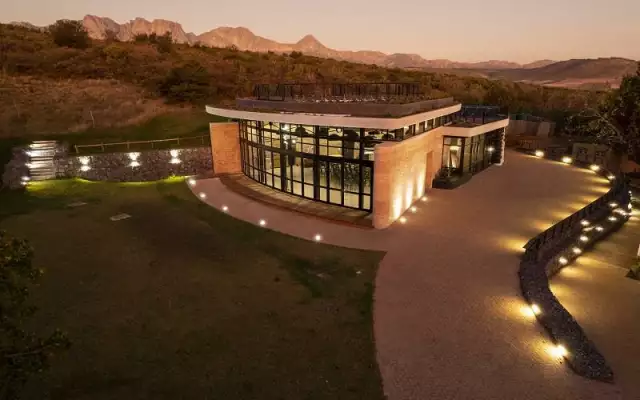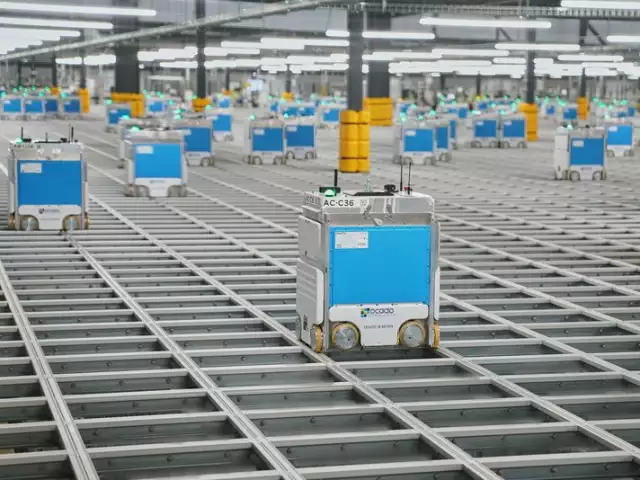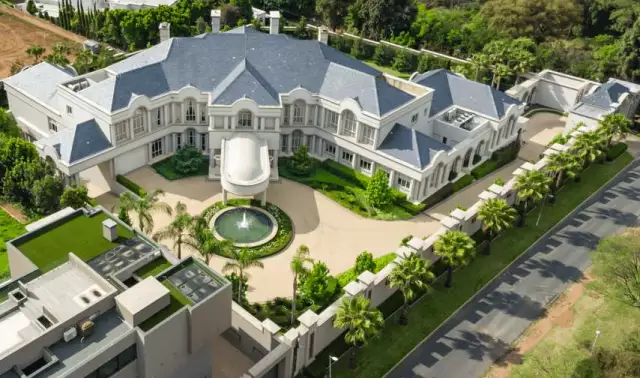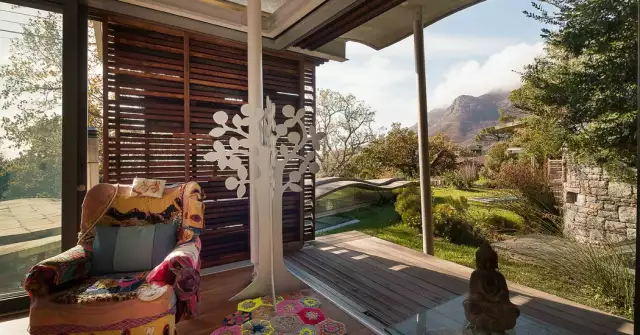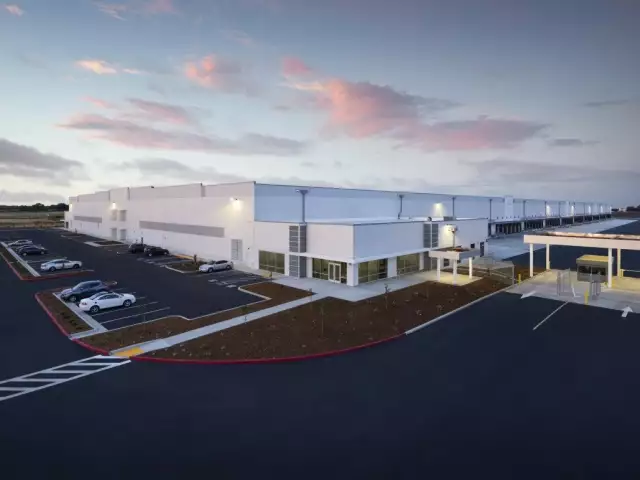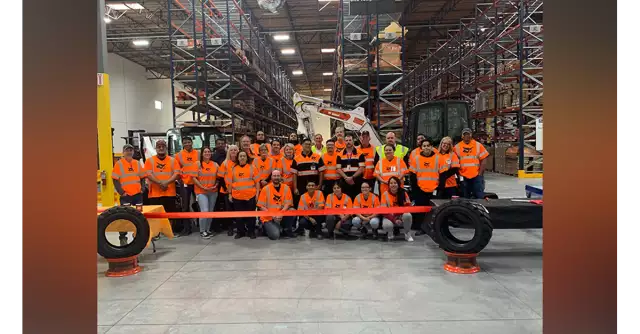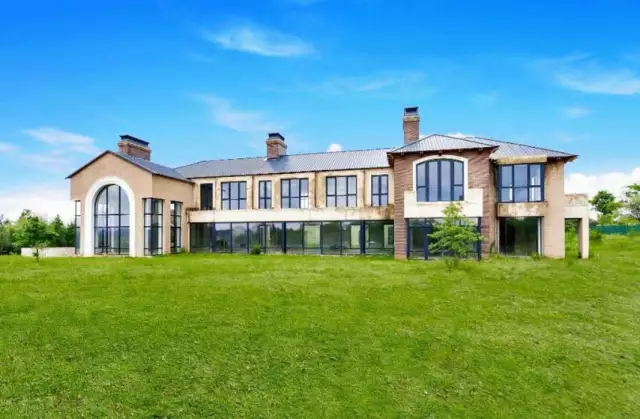“The new Helderberg Environmental Center is truly a magnificent building and provides the perfect setting for the various environmental education programs the City’s nature reserves offer schools and interest groups. This center provides us with a practical example of what a green City facility can look like. The project as a whole has proved just how beneficial implementing green construction practices can be, especially if one considers the amount of semi-skilled EPWP job opportunities that were created to assist with the material selection and specific green construction techniques,” said the City of Cape Town Executive Mayor.
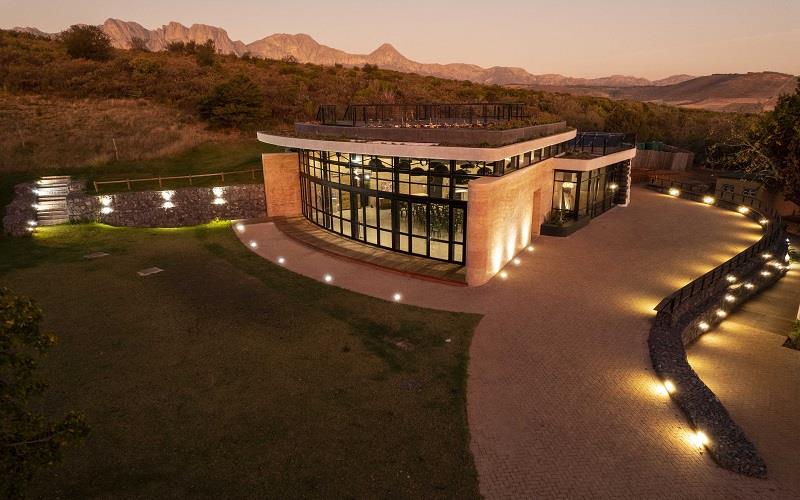 Some of the sustainability features of the new center includes the impressive tire retaining wall, eco-brick wall and the integrated water treatment system, which includes the four chamber underground Black Water Treatment System.
Some of the sustainability features of the new center includes the impressive tire retaining wall, eco-brick wall and the integrated water treatment system, which includes the four chamber underground Black Water Treatment System.
In order to demonstrate alternative construction methods, the design showcased three approaches where waste was used in the wall construction. The concept for the enclosure is based on two curved walls, one fitting into the other and were constructed as follows:
The inner curved wall and foundations were constructed from rammed earth and repurposed building rubble.
The outer curved retaining wall was constructed from repurposed tires. Building rubble and eco-bricks made from plastic bottles filled with plastic waste were used to fill the tires for the wall. A total of 830 truck tires were used for the tire wall, which is approximately 40 meters long and 3.4 meters high.
The internal walls are constructed from eco-bricks which are made by filling and compacting plastic waste inside plastic bottles. The bottles were then stacked inside a frame to make the walls. Natural cob was also used to plaster over the eco-bricks instead of conventional cement based plaster.
The three wall types showcase the principle of carbon burying. The materials that would otherwise become a burden in a landfill were reused and repurposed and given a new life. This new facility now serves as carbon sinks by sequestrating waste. The idea of repurposing and up-cycling materials allows this center to speak to sustainability. In addition, approximately 176 cubic meters of earth and recycled building rubble were used for the rammed earth walls and foundations as well.
The integrated water treatment system serves the new facility and solves the burden of the waste water generated by the existing facilities. Waste water from the new facility, the nearby restaurant, ablutions, the visitor’s center and rain water from the new facility are captured and sent to the underground black water treatment system. The black water treatment system takes waste water and passes it through a four chamber process before being stored in storage tanks for the flushing of toilets in the new facility and existing ablution blocks. This ensures minimum water usage and zero water wastage. The treatment system makes use of bacteria and microorganisms to break down solids and treat the waste water, a process that mimics nature without releasing harmful nitrates into the atmosphere.
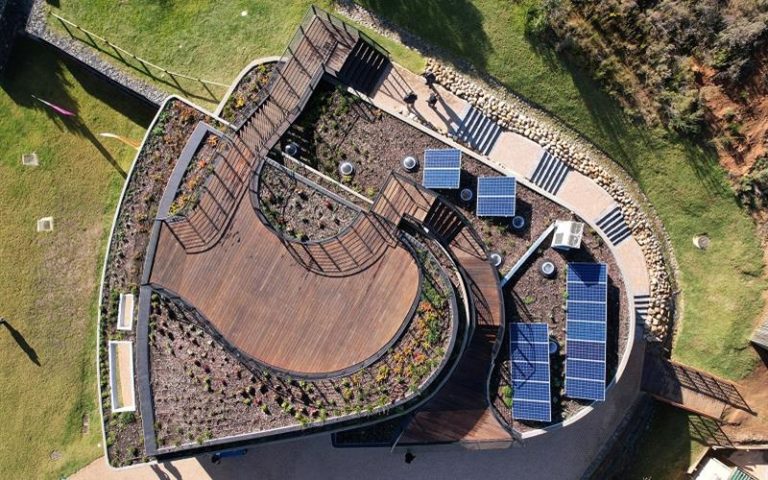 This new facility is situated close to the parking and entrance of the reserve. It hosts a stage and has a clip-on Bedouin tent, which expands the covered usable area of the facility to accommodate larger functions.
This new facility is situated close to the parking and entrance of the reserve. It hosts a stage and has a clip-on Bedouin tent, which expands the covered usable area of the facility to accommodate larger functions.
You can read the original article at www.capetownetc.com
Previous blog posts about this can be found here and here.
 Some of the sustainability features of the new center includes the impressive tire retaining wall, eco-brick wall and the integrated water treatment system, which includes the four chamber underground Black Water Treatment System.
Some of the sustainability features of the new center includes the impressive tire retaining wall, eco-brick wall and the integrated water treatment system, which includes the four chamber underground Black Water Treatment System. This new facility is situated close to the parking and entrance of the reserve. It hosts a stage and has a clip-on Bedouin tent, which expands the covered usable area of the facility to accommodate larger functions.
This new facility is situated close to the parking and entrance of the reserve. It hosts a stage and has a clip-on Bedouin tent, which expands the covered usable area of the facility to accommodate larger functions.